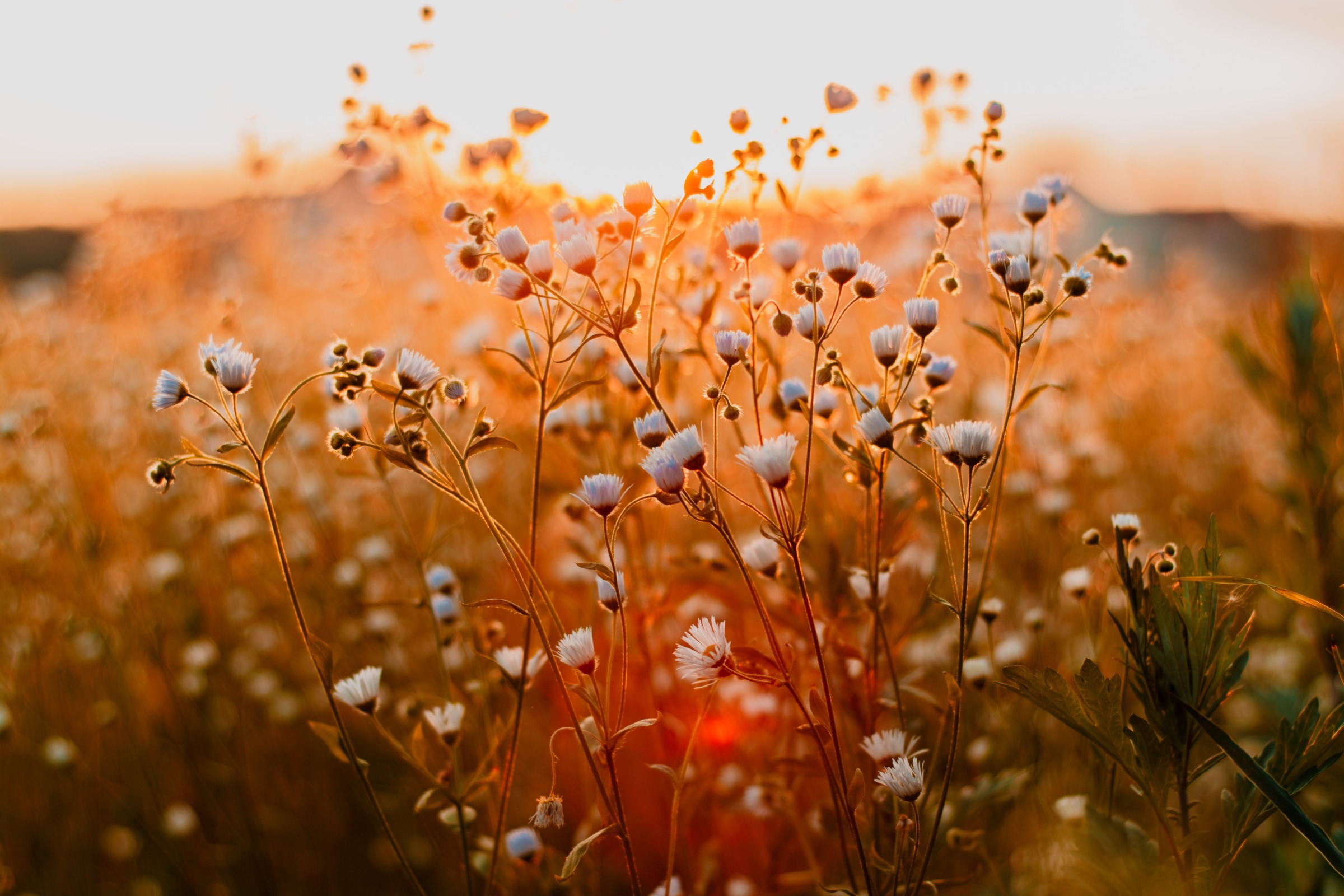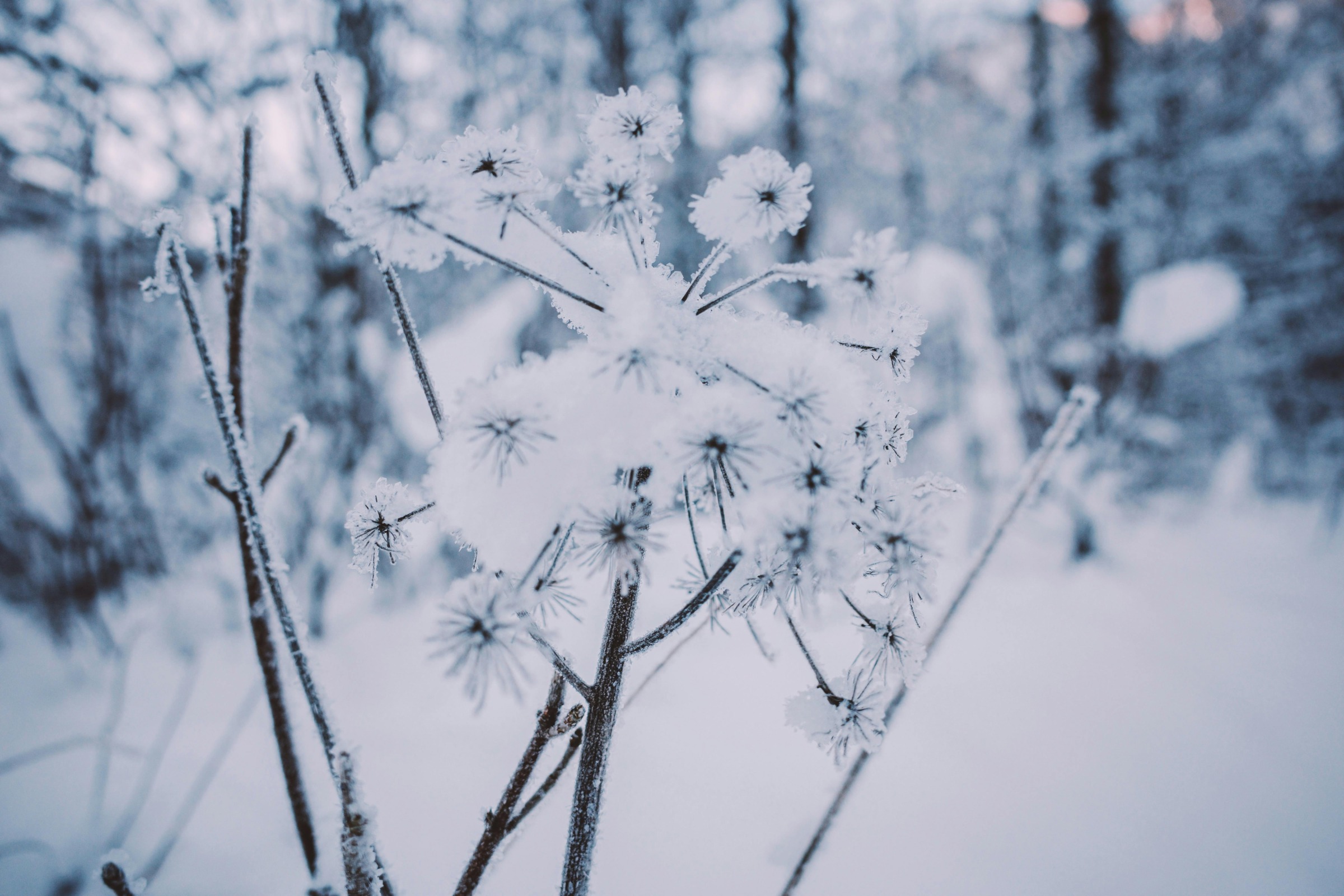Wisconsin is home to a fascinating diversity of spider species. These eight-legged creatures can be found in backyards, parks, forests, and fields across the state. While some Wisconsinites may shudder at the thought of encountering spiders, most species are harmless or even beneficial to people. This article will explore some of the most common spiders found in Wisconsin and provide tips on identifying them.
Wolf Spiders
Wolf spiders are perhaps the most common type of spider in Wisconsin There are over 100 different wolf spider species found in North America, with many of them residing in the Badger State.
Wolf spiders have a distinct appearance, with a brown, grey, or black body and legs. They do not spin webs to catch prey but instead actively hunt on the ground. Wolf spiders have excellent eyesight and rely on stealth and speed to capture insects, spiders, and other small creatures. Some species can even fish!
Look for wolf spiders under rocks, logs, and leaf litter They may also wander into garages, basements, and sheds Wolf spiders can give a painful bite but are not considered medically significant.
Jumping Spiders
Wisconsin is home to around 50 species of jumping spiders. As their name suggests, jumping spiders can leap many times their body length to ambush prey or evade predators. They have a compact, furry appearance with front-facing eyes that give them excellent vision.
Some common jumping spiders in Wisconsin include daring jumping spiders, bronze jumpers, white-cheeked jumpers, and zebra jumpers. Jumping spiders do not spin webs to catch prey. Instead, they will patiently stalk their target before pouncing with great speed and accuracy. Though small, their bite can be painful but is of little medical concern.
Orb Weavers
Orb weavers spin the characteristic circular webs that can often be found in gardens, fields, or forest edges. There are over 170 orb weaver species in North America, with many found in Wisconsin.
Some common orb weavers in the state include garden spiders, cross spiders, shamrock spiders, marbled orb weavers, and banded garden spiders. Female orb weavers tend to be much larger than males. They sit head down in the center of their web waiting to catch flying insects and other prey. Orb weaver bites are unlikely to cause worse than mild pain and irritation in humans.
Cellar Spiders
Cellar spiders, also known as daddy longlegs spiders, are a very common sight in Wisconsin homes. They have a round abdomen and incredibly long, spindly legs. These spiders spin messy looking webs in corners of basements and cellars, which gives them their common name.
Though they look menacing, cellar spiders pose no threat to people. They do not have fangs large enough to break through human skin. Cellar spiders help control pest populations by feeding on flies, mosquitos, roaches, and other small insects.
Fishing Spiders
As their name suggests, fishing spiders are semi-aquatic spiders that live along the edges of ponds, streams, marshes, and lakes. Their habitat preference means they are frequently encountered in Wisconsin’s abundant wetland areas.
Fishing spiders have a distinctly bulbous shape, with the first two pairs of legs longer than the rear two. They can dive underwater to catch aquatic insects, small fish, and tadpoles. Some even build underwater bells out of silk to capture prey. Though intimidating looking, fishing spiders are not considered dangerous to humans.
Crab Spiders
Crab spiders do not build webs to catch prey. Instead, they hide in flowers and ambush visiting pollinators like bees, butterflies, and hummingbirds. Their front legs are modified for grasping and holding prey. Most crab spiders in Wisconsin are some shade of white, yellow, or green which allows them to blend in with flowers.
Though small, crab spiders can take down prey larger than themselves including crop pests like aphids and Japanese beetles. Their venom is not considered medically significant but may cause irritation if bitten.
Identifying Spider Bites
Most spiders in Wisconsin are not considered dangerous to humans. However, a few species like the black widow can deliver more toxic bites. Spider bites are often difficult to diagnose, even by medical professionals. Symptoms like pain, redness, and swelling could indicate a spider bite but can also be caused by many other insect stings and bites.
If you suspect a spider bite, capture the spider safely for identification if possible. Clean the bite area thoroughly with soap and water. Apply a cold compress to relieve swelling. Seek medical attention if you experience severe pain, swelling, nausea/vomiting, or other systemic symptoms of envenomation. With proper first aid and medical care, most spider bites can be treated successfully.

Featured Articles by Season




Ask Your Gardening Question
If you’re unable to find the information you need, please submit your gardening question here:
Fishing spiders taking Wisconsin lakes, social media by storm
FAQ
Are there poisonous spiders in Wisconsin?
-
These spiders are native to Wisconsin and are known for their venomous bite, which can cause pain and muscle contraction. They are black and shiny with a telltale red hourglass shape on the underside of their abdomen. They are rarely found in Wisconsin and are not aggressive, only biting when they or their young feel threatened.
-
While not as common in Wisconsin as the black widow, brown recluse spiders are also considered venomous. They are light to dark brown with a characteristic dark brown violin marking on their back. They are often found outdoors in debris and woodpiles and, like black widows, are not aggressive, only biting in defense.
-
Other Spiders:Most spiders in Wisconsin are non-venomous to humans and are beneficial to the ecosystem, helping to control other pest populations.
What are the most common spiders in Wisconsin?
Some of the most common spiders found in the garden in Wisconsin are argiope or orb weaver spiders, barn spiders, jumping spiders, wolf spiders, and crab spiders. A common yellow and black argiope spider. Argiope (rhymes with calliope) spiders belong to the family Araneidae.
